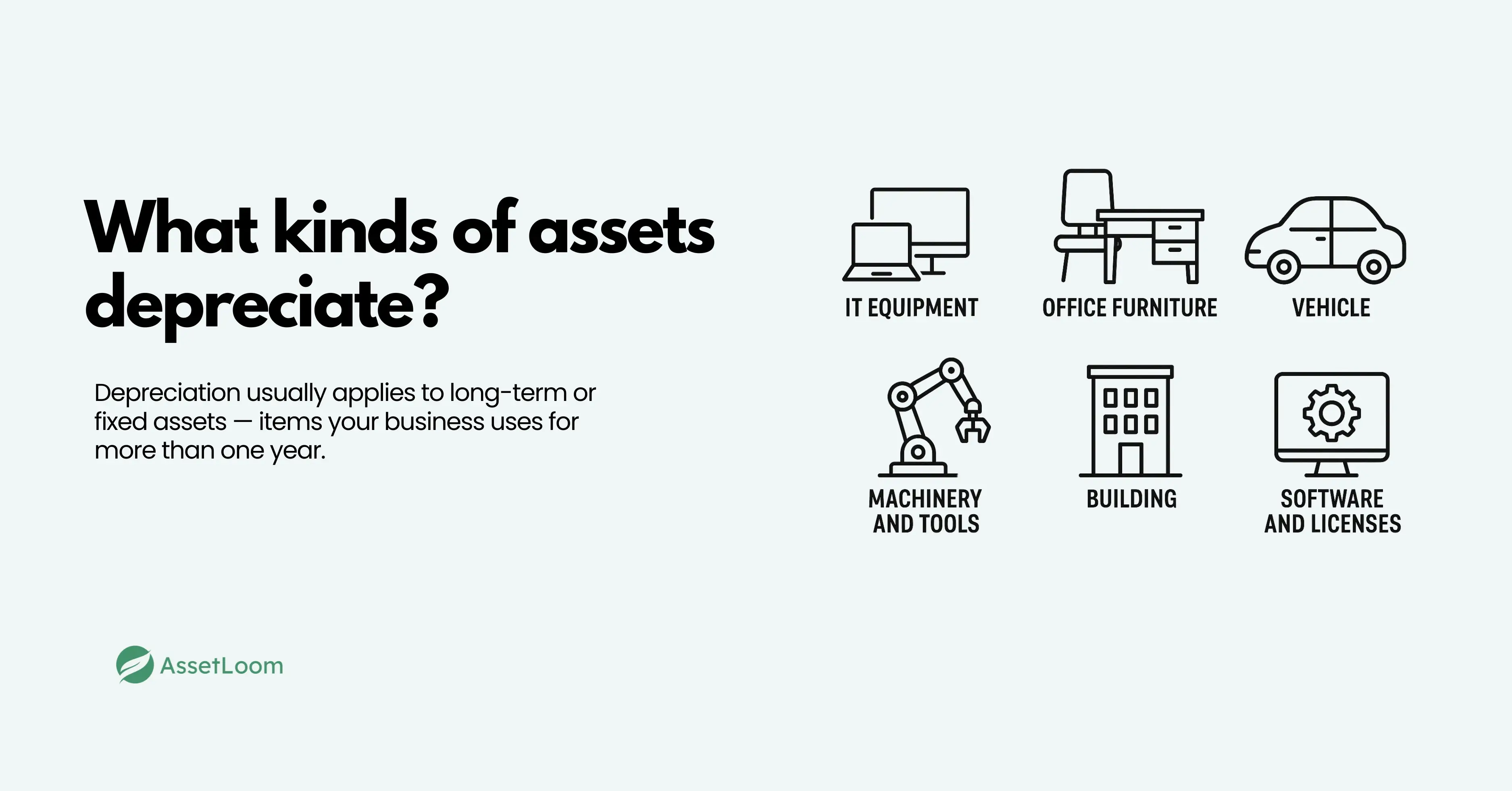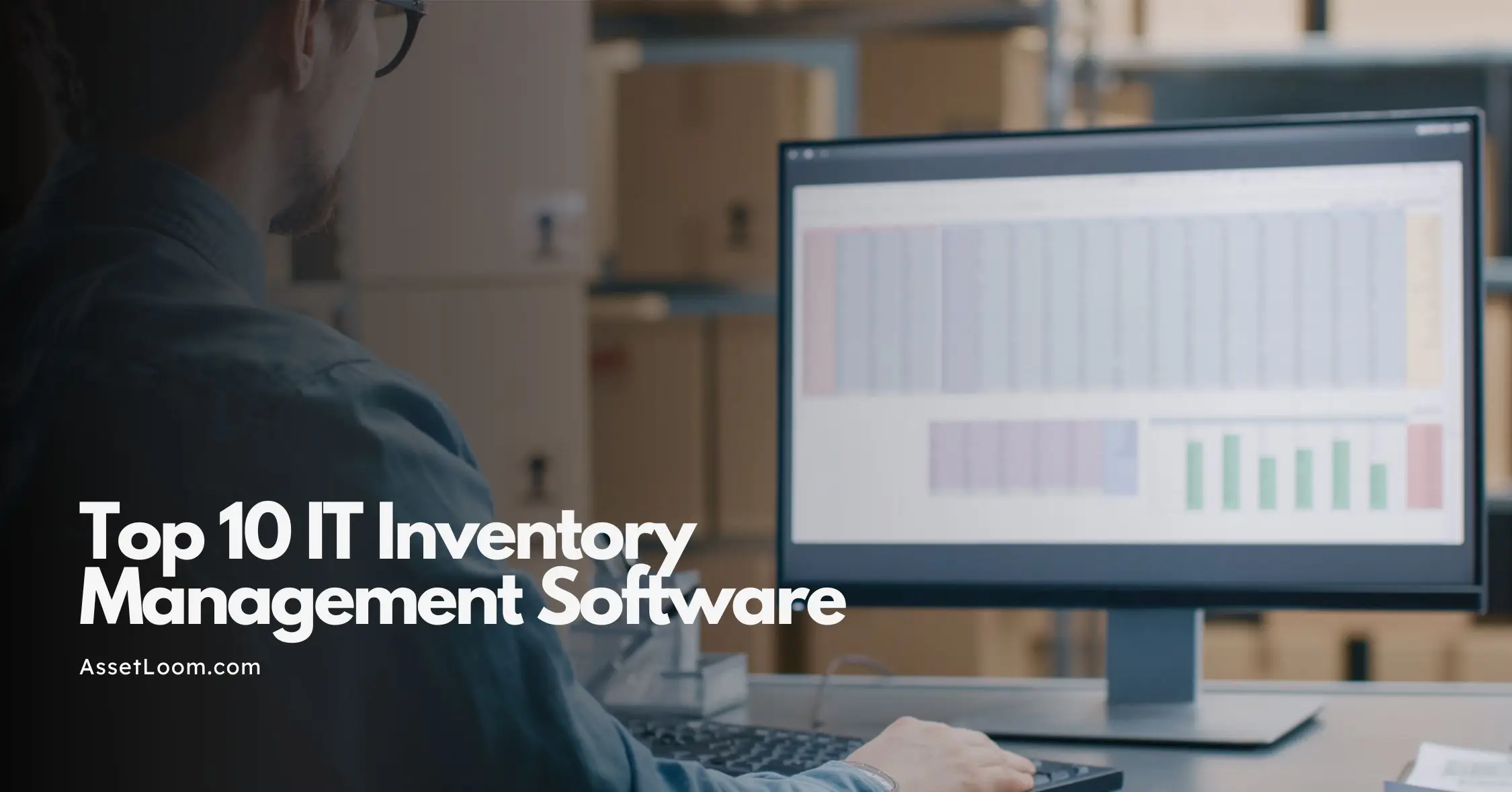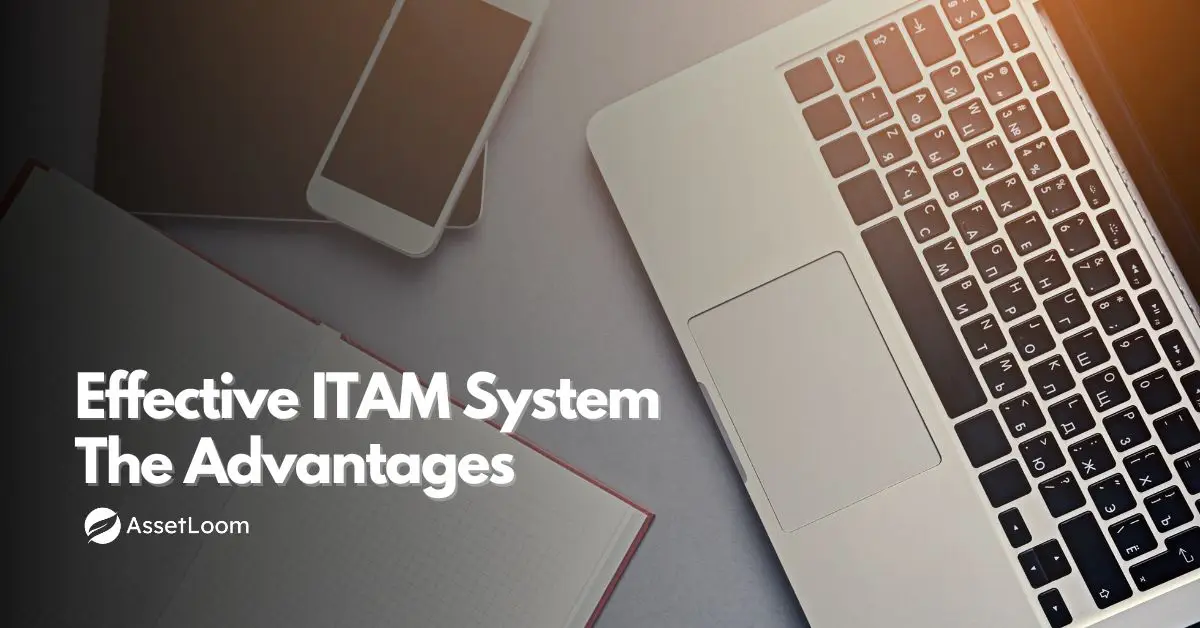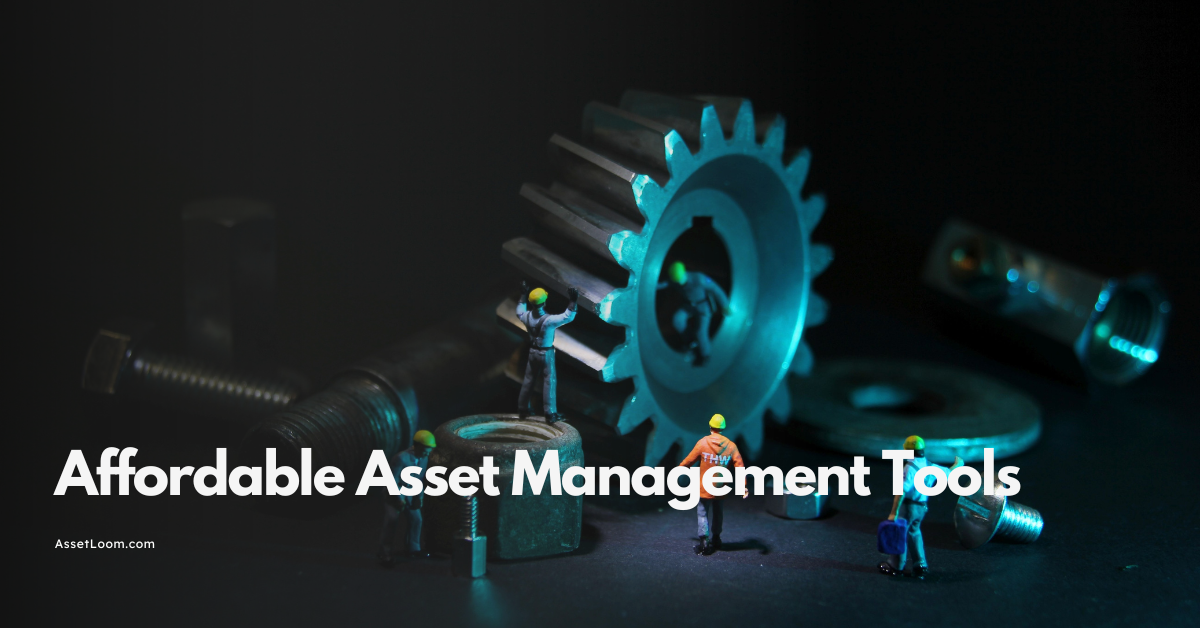What are depreciation assets? And why it's important
Importance of depreciation assets is essential for accurate financial reporting, better budgeting, tax savings, and smarter IT asset management across your business.
If you manage IT equipment, office hardware, or other business assets, you've probably noticed how quickly things lose value. A brand-new laptop today might be outdated in two years. Servers, monitors, and even software can become less useful over time.
But here’s the tricky part. If you’re not keeping track of how much value your assets are losing each year, it can mess with your budget, tax planning, and the overall picture of your business health.
Many businesses ignore depreciation simply because it sounds like something only accountants need to worry about. But the truth is, understanding depreciation can save you money, help you plan better, and give you a clearer view of what your business actually owns.
If you’ve ever felt unsure about how to track the changing value of your assets, you’re not alone. Let’s make it easier to understand and show you why it really matters.
What is Depreciation of Assets?
Depreciation is how you account for the fact that your business assets lose value over time. It’s a way to measure how much an item, like a laptop or a printer, is worth today compared to when you first bought it.
Let’s say you buy a laptop for $2,000. After a few years of daily use, it’s no longer worth that much. It might only be worth $500 now. That drop in value is depreciation.
Businesses track depreciation so they can reflect the true value of their assets. This is important for things like financial reports, taxes, and planning when to replace or upgrade equipment.
What kinds of assets depreciate?

Depreciation usually applies to long-term or fixed assets— things your business plans to use for more than a year. This includes items like computers, laptops, servers, and networking gear, which are common in IT departments. Office essentials like desks, chairs, printers, and projectors also lose value over time and are often depreciated.
Vehicles used for business purposes, such as delivery vans or company cars, also count as depreciable assets. If your business relies on machinery, tools, or equipment for production or services, those items typically fall under depreciation too.
Even buildings or warehouses can be depreciated, though land itself usually isn't. And in some cases, software you purchase outright or license long-term can also be depreciated, especially if it provides value over several years.
The key idea is this: if your business uses an item for more than one year and it gradually loses value, it's likely something you should be tracking for depreciation.
Why Is Asset Depreciation Important?
Many businesses overlook depreciation, but it plays a big role in how your business runs day to day. Understanding it isn’t just about keeping your accountant happy. It directly affects your costs, your taxes, and how your business is valued.
Here’s why depreciation matters.
It costs you money
Assets don’t last forever. Over time, they wear out, become outdated, or stop performing like they used to. Depreciation accounting helps you measure how much value your assets lose each year. That yearly loss is recorded in your books and counted as a business expense.
It can reduce your tax bill
Since depreciation is considered a business cost, you can subtract it from your revenue when calculating your taxable income. That means you could pay less in taxes — but only if you're tracking depreciation correctly.
It affects the value of your business
If your business owns a lot of assets, they likely make up a big part of its value. But if those assets lose value and you’re not accounting for it, your business may appear to be worth more than it really is. That can cause problems if you're applying for financing, trying to sell the business, or making long-term plans.
The ins and outs of depreciation
Depreciation typically applies to long-term or fixed assets, not everyday items you use up quickly. To calculate it, you need to estimate how long each asset will last and choose the right method to track how its value drops over time.
Let’s take a look at the common methods used:
- Straight line depreciation means the asset loses the same amount of value each year until it’s worth nothing.
- Diminishing value depreciation takes off a larger chunk in the early years, then slows down over time.
- Units of production depreciation is based on how much the asset is actually used. For example, a delivery van might be depreciated by kilometers driven, not by age.
Accounting for depreciation in your business
If you’re just getting started, depreciation might seem complicated. But understanding it can lead to better financial decisions, clearer asset tracking, and real savings. The sooner you start managing depreciation properly, the more accurate and efficient your business operations will be.
Depreciation in IT Asset Management
IT assets are some of the fastest to lose value. Technology moves quickly, and what’s considered cutting-edge today might be outdated in just a couple of years. That’s why tracking depreciation is especially important when it comes to your laptops, servers, software, and other tech gear.
Unlike furniture or vehicles that might last 5 to 10 years, many IT assets have a much shorter useful life. A business laptop, for example, might be used for just 3 or 4 years before it starts slowing down or becomes incompatible with newer software. If you're not monitoring how quickly these assets lose value, it becomes difficult to know when to upgrade, how much budget to allocate, or what your IT infrastructure is truly worth.
Another challenge is scale. Many companies manage dozens or even hundreds of IT assets spread across different teams, departments, or even locations. Without a system in place, it’s easy to lose track of which items are still in use, which are obsolete, and which ones are fully depreciated.
This is where proper IT asset management comes in. Tracking depreciation helps you:
- Understand the real-time value of your IT infrastructure
- Plan replacements and upgrades before hardware fails
- Improve budgeting and avoid surprise expenses
- Maintain accurate records for audits or financial reporting
How do you calculate depreciation?
There are several ways to calculate depreciation depending on how your business wants to track the value of an asset. Some methods are simple and even, while others are front-loaded to recover more value in the early years.
Here are four primary ways of calculating depreciation, along with examples to help make each method easy to understand.
Straight-Line Depreciation
This is the most common method. It spreads the asset’s cost evenly over its useful life.
How to calculate it:
- Subtract the salvage value from the asset cost
- Divide that number by the useful life in years
Formula: (Asset cost − salvage value) ÷ useful life = annual depreciation
Example: An office buys a cubicle system for $15,000. It has a salvage value of $500 and a 10-year life. (15,000 − 500) ÷ 10 = $1,450 per year
You can deduct $1,450 each year for 10 years.
Double-Declining Balance Depreciation
This method depreciates the asset more heavily in the early years. It’s useful when assets lose value quickly after purchase.
How to calculate it:
- Find the straight-line depreciation rate (1 ÷ useful life)
- Double it
- Multiply that rate by the book value at the beginning of each year
- Repeat each year using the new book value
Formula: (2 × straight-line rate) × current book value
Example: A $15,000 cubicle system depreciates over 10 years. Straight-line rate = 10%. Year 1: (2 × 0.10) × 15,000 = $3,000 Year 2: (2 × 0.10) × 12,000 = $2,400 New value at end of year 2 = $9,600
You repeat the steps each year until the asset reaches its salvage value.
Sum-of-the-Years’-Digits (SYD) Depreciation
This method also front-loads depreciation but distributes it more gradually than the double-declining method.
How to calculate it:
- Add the digits of the asset’s useful life (for 10 years: 1 + 2 + … + 10 = 55)
- For each year, divide the remaining lifespan by the total (SYD)
- Multiply that fraction by (asset cost − salvage value)
Formula: (Remaining life ÷ SYD) × (asset cost − salvage value)
Example: Cubicle system costs $15,000, salvage value $500, 10-year life. SYD = 55 Year 1: (10 ÷ 55) × (15,000 − 500) = $2,636.36 Year 2: (9 ÷ 55) × (15,000 − 500) = $2,372.73
Each year, the numerator drops by one until the asset is fully depreciated.
Units of Production Depreciation
This method is based on how much the asset is actually used rather than how long you’ve had it. It's great for machinery or vehicles with measurable output or runtime.
How to calculate it:
- Subtract salvage value from asset cost
- Divide by the total estimated production (hours, units, etc.)
- Multiply by the actual usage for each year
Formula: (Asset cost − salvage value) ÷ total units = cost per unit Cost per unit × units used = depreciation expense
Example: A cutting machine costs $75,000, has a $6,000 salvage value, and a 90,000-hour life. (75,000 − 6,000) ÷ 90,000 = $0.76 per hour Over its full life: 0.76 × 90,000 = $69,000 in total depreciation
Consequences of Ignoring Depreciation
It’s easy to put off tracking depreciation, especially when things are busy. But ignoring it doesn’t just mean missing a line on your balance sheet, it can lead to real problems that impact your finances, operations, and business decisions.
You may overstate the value of your assets
If you’re not accounting for how much value your assets are losing each year, your books may show inflated numbers. On paper, it might look like your business has more value than it actually does. This can cause issues when applying for loans, seeking investors, or going through an audit.
You could miss out on tax savings
Depreciation is considered a business expense. That means you can deduct it from your taxable income — but only if you track it. If you're not recording depreciation properly, you might be paying more in taxes than you need to.
You might struggle with budgeting and planning
Knowing the current value of your assets helps you plan for replacements, upgrades, or repairs. Without depreciation data, it's harder to build accurate budgets or decide when to reinvest in new equipment.
You risk falling behind on maintenance and upgrades
When assets aren’t tracked properly, it’s easy to forget how old they are or when they’ll need replacing. This can lead to surprise breakdowns, outdated technology, or reactive spending — all of which hurt productivity and increase costs.
You open the door to compliance and audit issues
If your financial records don’t reflect the true state of your assets, you could face problems during audits or reviews. This can lead to penalties, reputational damage, or missed opportunities to comply with industry standards.
AssetLoom is the #1 quality and cost-effective IT Asset Management platform that helps businesses keep track of all their IT assets in one place.
Depreciation matters more than most people think. It affects your taxes, your budgeting, and the true value of your business. When you understand how your assets lose value, you can make smarter decisions.
With a clear view of your IT assets, platforms like AssetLoom help you stay organized and ready for what’s next.

Related Blogs
Subscribe for Expert Tips and Updates
Receive the latest news from AssetLoom, right in your inbox.


